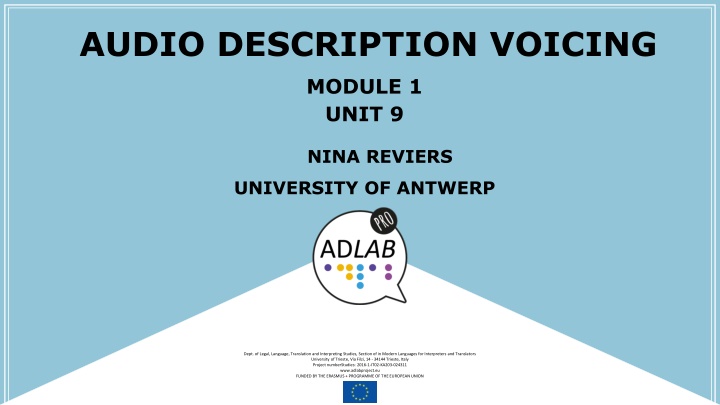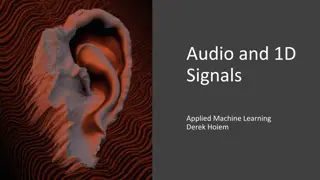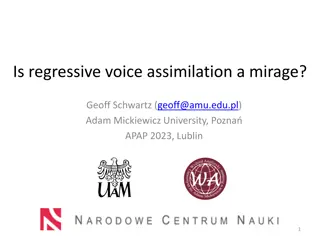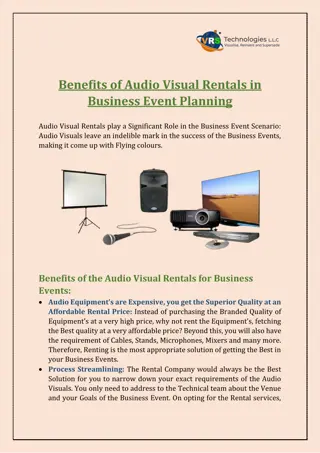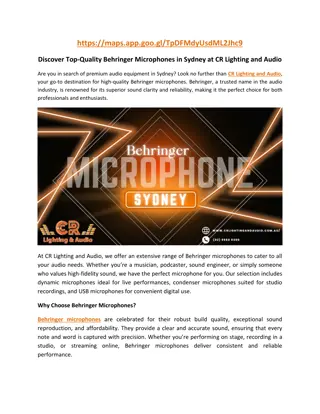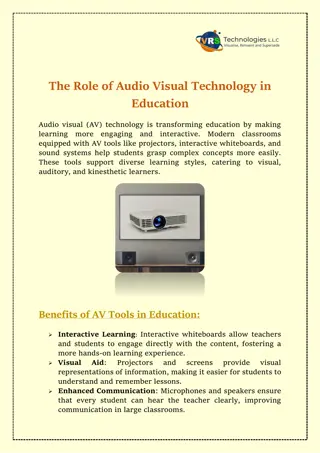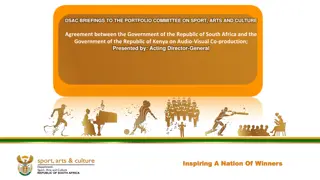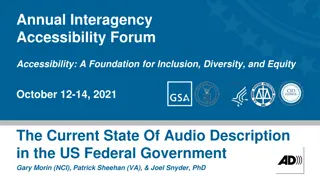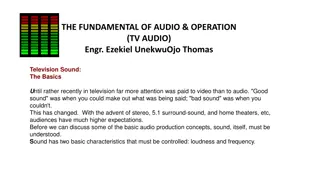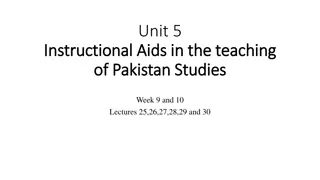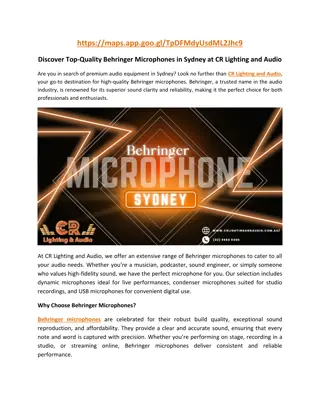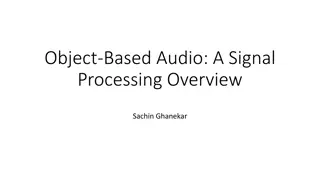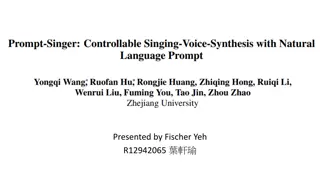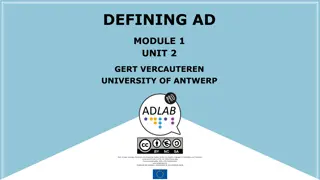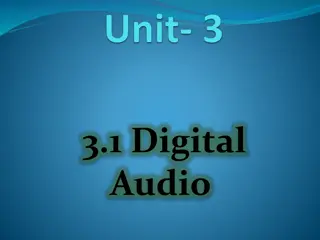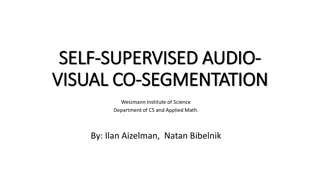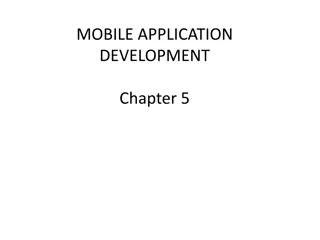AUDIO DESCRIPTION VOICING
Voicing plays a critical role in audio description by conveying para-linguistic information that influences meaning and enjoyment. This unit explores why voicing is important, who voices the audio description, and what constitutes good voicing in AD, covering aspects such as prosody, delivery style, and microphone technique.
Uploaded on Feb 23, 2025 | 1 Views
Download Presentation

Please find below an Image/Link to download the presentation.
The content on the website is provided AS IS for your information and personal use only. It may not be sold, licensed, or shared on other websites without obtaining consent from the author.If you encounter any issues during the download, it is possible that the publisher has removed the file from their server.
You are allowed to download the files provided on this website for personal or commercial use, subject to the condition that they are used lawfully. All files are the property of their respective owners.
The content on the website is provided AS IS for your information and personal use only. It may not be sold, licensed, or shared on other websites without obtaining consent from the author.
E N D
Presentation Transcript
AUDIO DESCRIPTION VOICING MODULE 1 UNIT 9 NINA REVIERS UNIVERSITY OF ANTWERP Dept. of Legal, Language, Translation and Interpreting Studies, Section of in Modern Languages for Interpreters and Translators University of Trieste, Via Filzi, 14 - 34144 Trieste, Italy Project numberStudies: 2016-1-IT02-KA203-024311 www.adlabproject.eu FUNDED BY THE ERASMUS + PROGRAMME OF THE EUROPEAN UNION
IN THIS UNIT Why is voicing important for AD? Who voices the AD? What constitutes good voicing in AD?
WHY IS IT IMPORTANT? Para-linguistic information influences meaning and enjoyment in AD. "We make meaning with our voices." (Joel Snyder)
WHO VOICES? Recorded AD: voice talents. Live AD: the audio describer. Synthetic voices: e.g. documentaries.
WHAT IS GOOD VOICING? Prosody. Delivery style. Microphone technique.
PROSODY Tone. Pace. Stress. Rhythm. Pitch. Dynamic range. Segmentation.
EXAMPLE OF STRESS The meaning of a phrase can be completely reversed by changing only the stress.
EXAMPLE OF STRESS It s not having blue Smarties that makes me cross.
EXAMPLE OF STRESS It s not having blue Smarties that makes me cross.
EXAMPLE OF TONE Rising intonation is typical of questions and should be avoided in live AD when hesitating.
EXAMPLE OF PACE Adapt the pace to suit the scene.
DELIVERY STYLE The delivery should be steady, unobtrusive and impersonal in style, so that the personality and views of the describer do not colour the programme. (Ofcom, 2000)
DELIVERY STYLE Add emotion, excitement, lightness of touch to suit the mood and plot development.
MICROPHONE TECHNIQUE Position the microphone correctly. Do not project, speak as naturally as possible.
VOICE TRAINING Singing, humming, tongue twisters and exercises to release tension in the jaw. Record yourself. Read out loud. Listening back.
REFERENCES Fryer, Louise. (2016). An Introduction to Audio Description. London & New York: Routledge.
AUDIO DESCRIPTION VOICING MODULE 1 UNIT 9 PREPARED BY: NINA REVIERS EDITED BY: NINA REVIERS UNIVERSITY OF ANTWERP Dept. of Legal, Language, Translation and Interpreting Studies, Section of in Modern Languages for Interpreters and Translators University of Trieste, Via Filzi, 14 - 34144 Trieste, Italy Project numberStudies: 2016-1-IT02-KA203-024311 Edited by: editor s first and last name www.adlabproject.eu FUNDED BY THE ERASMUS + PROGRAMME OF THE EUROPEAN UNION
The preparation of this presentation was supported by ADLAB PRO (Audio Description: A Laboratory for the Development of a New Professional Profile), financed by the European Union under the Erasmus+ Programme, Key Action 2 Strategic Partnerships, Project number:2016-1-IT02-KA203-024311.
The information and views set out in this presentation are those of the authors and do not necessarily reflect the official opinion of the European Union. Neither the European Union institutions and bodies nor any person acting on their behalf may be held responsible for the use which may be made of the information contained therein.
